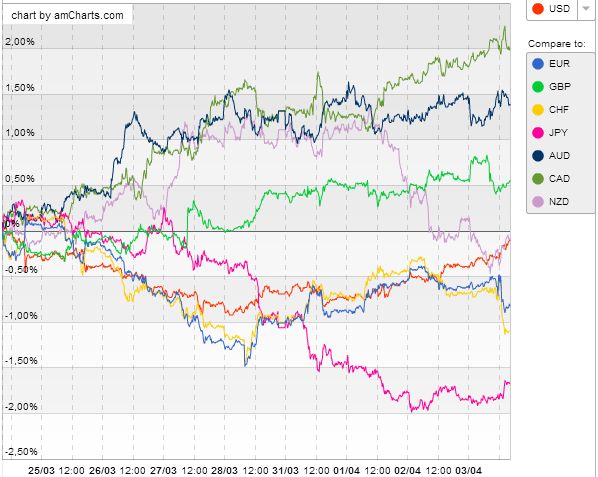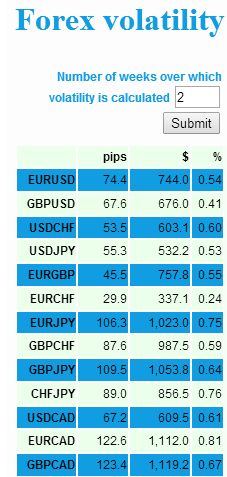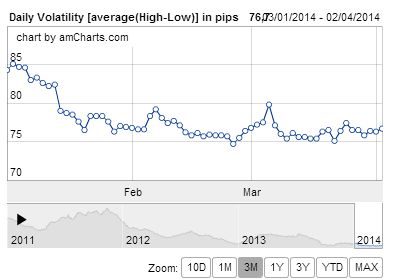Why Trade Forex Leaders and Laggards
We all know forex pairs aren’t equal in performance. Some greatly outperform others, while others do almost nothing, and yet others just seem to keep falling no matter what. The greatest trading opportunities lie in those forex pairs with the strongest trends (up or down). This is because it is easy to choose the direction to trade in (with the trend!) and the moves in the trending direction are typically fast and aggressive which means you are in-the-money more quickly (and stay there longer) than with a pair that is barely moving.
Forex Leaders and Laggards
I generally keep about 10 charts open, showing different forex pairs, so I can quickly assess how different pairs are moving on different time frames. This allows me to quickly determine which pairs I want to trade. For long positions I want pairs that are moving aggressively higher. For short trades I want pairs that moving aggressively lower.
Another way to spot which pairs are leaders and laggards is too use a relative strength chart.
Figure 1. Relative Strength Chart

Source: http://vantagepointtrading.com/daily-forex-stats (bottom of page).
Basically we want to look for pairs that near the top or bottom of the chart. For example, the JPY is at the bottom, while the CAD and AUD are near the top. Therefore, the USDCAD, AUDUSD and USDJPY are likely moving quite well.
Another way to look for “action” is to monitor volatility. Volatility doesn’t tell us much about the trend, just how much things are moving.
Figure 2. Volatility Studies

Some pairs are almost always more volatile than others, but you can study how the volatility one pair is changing overtime. When a pair has increasing volatility, something is going on and you may want to take part in the moves. When a pair has decreasing volatility, traders are showing less concern for the pair (although that doesn’t mean there isn’t a trend, it just isn’t moving aggressively).
Figure 3. Volatility Over Time

Source: http://vantagepointtrading.com/daily-forex-stats
For all these indicators, whether it be volatility or relative strength, you’ll want to monitor it on the time-frame you trade on. If day trading, focus on shorter-term studies.
Why Does It Matter?
Many new day traders make the mistake of thinking they can trade every day and every pair the same. Unfortunately, this is unlikely to work out. Pairs have different tendencies, and even days of the week have different tendencies (see daily forex stats page link above). When there is more movement it is typically easier to move into the money quicker, and stay there for longer, because traders are aggressively pushing the price in one direction.
When markets are listless and see-sawing back and forth, trades become more random. There is less room for error because the price is zigzagging in small moves making it harder to stay in the money.
If you like to trade only one asset, wait for the good opportunities when there is movement and the amount of price action is giving you more room for error. Avoid trading during times when there is little room for error because the price action is so tight.
If you trade multiple forex pairs, focus on the ones providing the most opportunity. By that I mean the forex pairs that are moving with aggression. You’ll have more margin for error because the trades are typically going to move into the money quicker, and stay there longer, than forex pairs that don’t have much going on in terms of price action.
For tips on trading strong trends, see Strategy or Trading Strong Trends in the EURUSD (or Any Market)